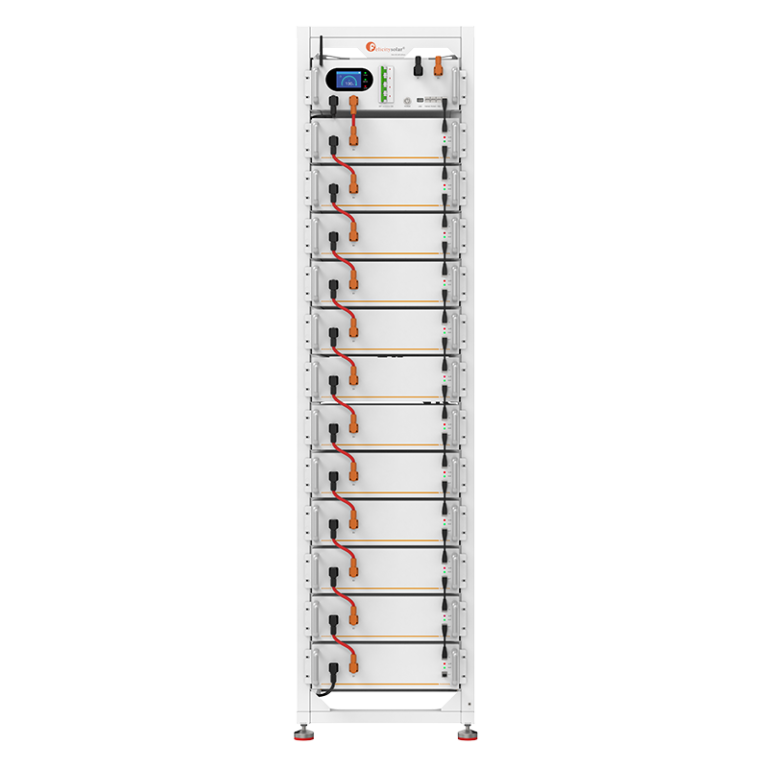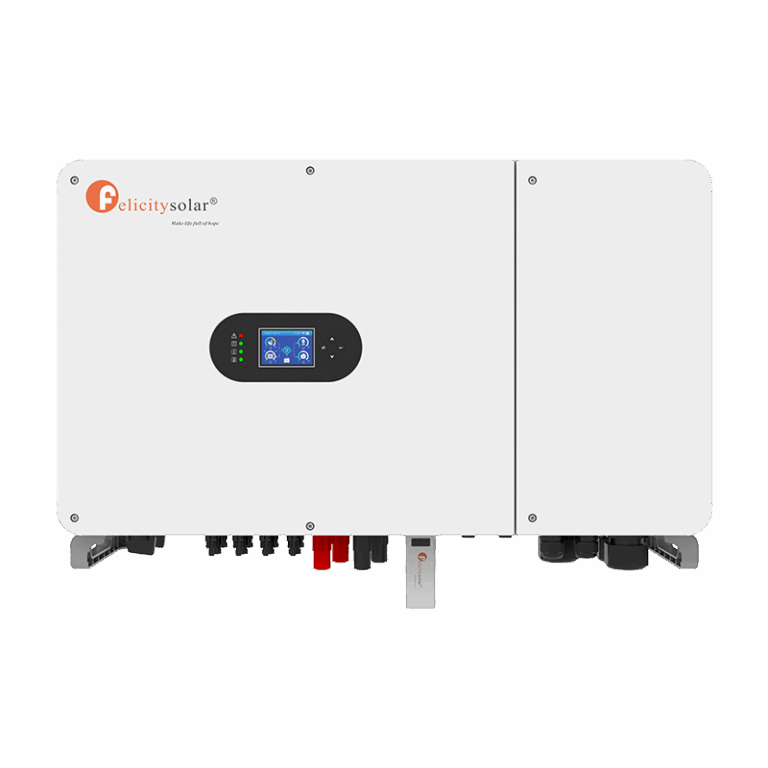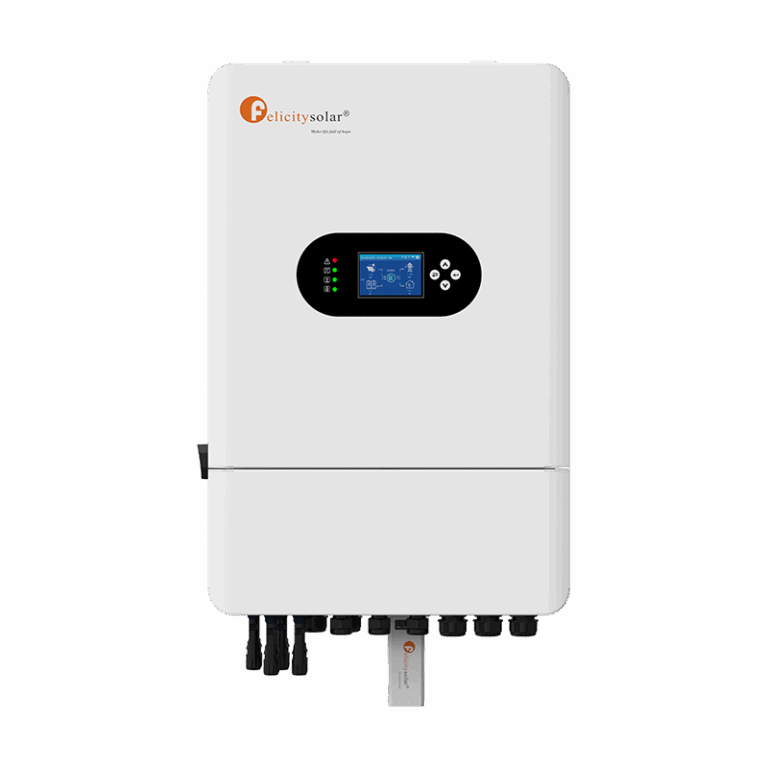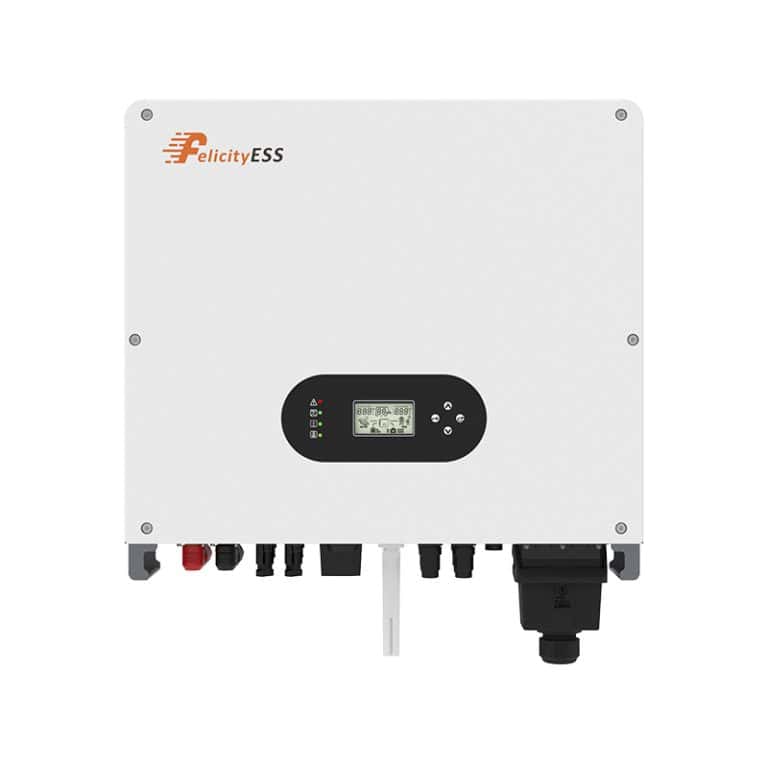Tra le varie configurazioni disponibili, batterie montate su rack stanno emergendo come soluzione preferita per l'accumulo di energia scalabile ed efficiente.
Progettate per essere installate in rack standard da 19″ o 21″ in stile server, queste batterie offrono flessibilità e robustezza tecnica. Ma cosa le distingue da altri tipi di batterie, come quelle a parete o quelle modulari impilate?
I vantaggi principali che rendono le batterie montate su rack una scelta intelligente per l'accumulo di energia
Esploriamo i 7 principali vantaggi dell'uso di montato a rack batterie per l'accumulo di energia, insieme a confronti tecnici rilevanti per aiutarvi a fare una scelta consapevole.
1. Progettazione modulare per sistemi energetici scalabili
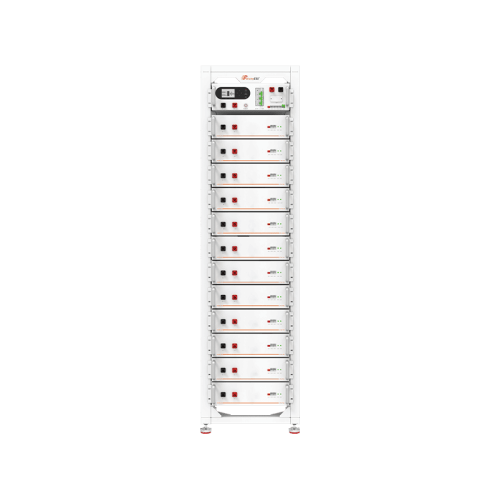 Ogni modulo può essere sostituito a caldo o sottoposto a manutenzione singolarmente senza spegnere l'intero sistema.
Ogni modulo può essere sostituito a caldo o sottoposto a manutenzione singolarmente senza spegnere l'intero sistema.- Questo li rende ideali per le configurazioni che prevedono una crescita della domanda di energia nel tempo, come l'aggiunta di stazioni di ricarica per veicoli elettrici o pompe di calore.
Rispetto alle batterie monolitiche a pavimento, le configurazioni montate su rack riducono i tempi di inattività, aumentano la personalizzazione e riducono i costi di aggiornamento futuri.
2. Uso efficiente dello spazio e alta densità energetica
Lo spazio è prezioso, soprattutto nei locali residenziali, negli armadi elettrici commerciali o nelle stazioni base delle telecomunicazioni. Le batterie montate su rack offrono un eccellente rapporto energia/volume:
- Una tipica batteria da rack da 48V 100Ah LiFePO₄ immagazzina 5 kWh in soli 3U (133 mm) di altezza del rack.
- I rack ad alta densità possono supportare fino a 40 kWh in un armadio verticale alto meno di 2 metri.
Il vantaggio dell'impilamento verticale consente di inserire un maggior numero di accumulatori di energia in spazi ristretti, senza compromettere il flusso d'aria o la facilità di manutenzione.
3. Controllo del flusso d'aria della batteria montata su rack
A differenza di alcune unità montate a parete con zone termiche chiuse, le batterie montate su rack beneficiano di canali di flusso d'aria standardizzati progettati per gli armadi dei server. Questi permettono di:
- Flusso d'aria da fronte a retro o da lato a lato per ottimizzare la dissipazione del calore.
- Integrazione con sistemi di raffreddamento attivi come ventole montate su rack o condotti HVAC.
Il mantenimento della temperatura ottimale è fondamentale per prolungare la durata delle batterie al litio. Secondo gli standard IEEE, ogni aumento di 10°C oltre i 25°C può ridurre la durata delle batterie al litio fino a 40%. I sistemi rack aiutano a evitare questo rischio grazie a un migliore raffreddamento passivo e attivo.
4. Integrazione perfetta con i sistemi di gestione dell'energia
Le moderne batterie montate su rack sono costruite tenendo conto della compatibilità. Sia che si tratti di una microgrid domestica o di un sistema di backup industriale, queste batterie offrono:
- Interfacce di comunicazione CAN, RS485 e Modbus per il monitoraggio della batteria in tempo reale.
- Compatibilità con la maggior parte degli inverter ibridi e dei sistemi di gestione delle batterie (BMS).
In confronto, molti sistemi a parete all-in-one limitano le opzioni di integrazione o richiedono software proprietario. I sistemi a rack vi permettono di essere flessibili di fronte all'evoluzione del vostro ambiente energetico.
5. Flusso di lavoro superiore per la manutenzione e la sostituzione

La manutenzione è più semplice con le batterie montate su rack, in particolare nei sistemi a più unità. Il design del vassoio in stile server consente:
- Semplice accesso al pannello frontale per l'ispezione o la sostituzione.
- Tempi di inattività minimi, poiché le singole unità possono essere rimosse o sostituite senza influenzare i moduli adiacenti.
Questo è un netto contrasto con le unità a torre impilate verticalmente, che spesso richiedono lo smontaggio completo per accedere ai moduli batteria inferiori.
6. Maggiore sicurezza grazie all'architettura compartimentata
I sistemi rack forniscono un ulteriore livello di sicurezza separando fisicamente ed elettricamente i moduli. Le caratteristiche includono:
- Fusibili e interruttori indipendenti per modulo.
- Involucro ignifugo incorporato per ogni batteria
In un rack, se una batteria subisce un guasto o un evento termico, può essere isolata senza compromettere il resto del sistema. Questo design riduce significativamente il rischio di guasti a cascata, particolarmente importante nelle installazioni ad alta tensione (>200V).
7. Rapporto costo-prestazioni competitivo
Sebbene l'installazione iniziale delle batterie montate su rack possa sembrare più costosa a causa della necessità di rack e cablaggio, il valore a lungo termine diventa chiaro quando si effettua un confronto:
- Costi di sostituzione: È necessario sostituire solo i singoli moduli, senza dover sostituire l'intero sistema.
- Scalabilità: Gli utenti acquistano solo ciò di cui hanno bisogno e lo ampliano in base all'aumento del budget o delle esigenze.
- Durata del sistema: Con un raffreddamento e una manutenzione adeguati, le batterie LiFePO₄ montate su rack superano spesso i 6.000 cicli (a 80% DoD), che si traducono in oltre 15 anni di utilizzo.
Nelle applicazioni reali, come le fattorie di accumulo solare o i centri dati periferici, queste batterie hanno dimostrato una migliore economia del ciclo di vita rispetto ai grandi pacchi di batterie monoblocco.
Confronto orizzontale: Batterie montate su rack e batterie montate a parete
Per evidenziare i punti di forza unici delle batterie montate su rack, vale la pena di considerare le loro differenze rispetto alle batterie comuni a parete alternative:
- I sistemi a parete privilegiano la semplicità e l'estetica e sono spesso utilizzati nei garage residenziali o all'interno.
- I sistemi montati su rack privilegiano la manutenibilità, la scalabilità e le prestazioni termiche, caratteristiche fondamentali in ambienti commerciali, industriali o off-grid.
Se le priorità sono la modularità, l'espandibilità a lungo termine e la capacità di corrente più elevata (ad esempio, 100A di scarica), le unità montate su rack sono la scelta migliore.
Conclusione
Scegliere il giusto formato di stoccaggio dell'energia non significa solo selezionare una batteria, ma anche investire in un'infrastruttura affidabile, manutenibile e scalabile. Le batterie montate su rack offrono evidenti vantaggi in termini di modularità, gestione termica, integrazione del sistema e manutenibilità a lungo termine.
Con l'aumento della domanda di storage ad alte prestazioni, soprattutto a causa delle fluttuazioni dei prezzi dell'energia e dell'incertezza sull'affidabilità della rete, le configurazioni montate su rack sono non solo tecnicamente superiori, ma anche economicamente più intelligenti nel lungo periodo. Che si tratti dell'alimentazione di una casa intelligente, di una struttura commerciale o di un'applicazione mission-critical, le batterie montate su rack forniscono la spina dorsale strutturale ed elettrica per le vostre esigenze energetiche in continua evoluzione.



